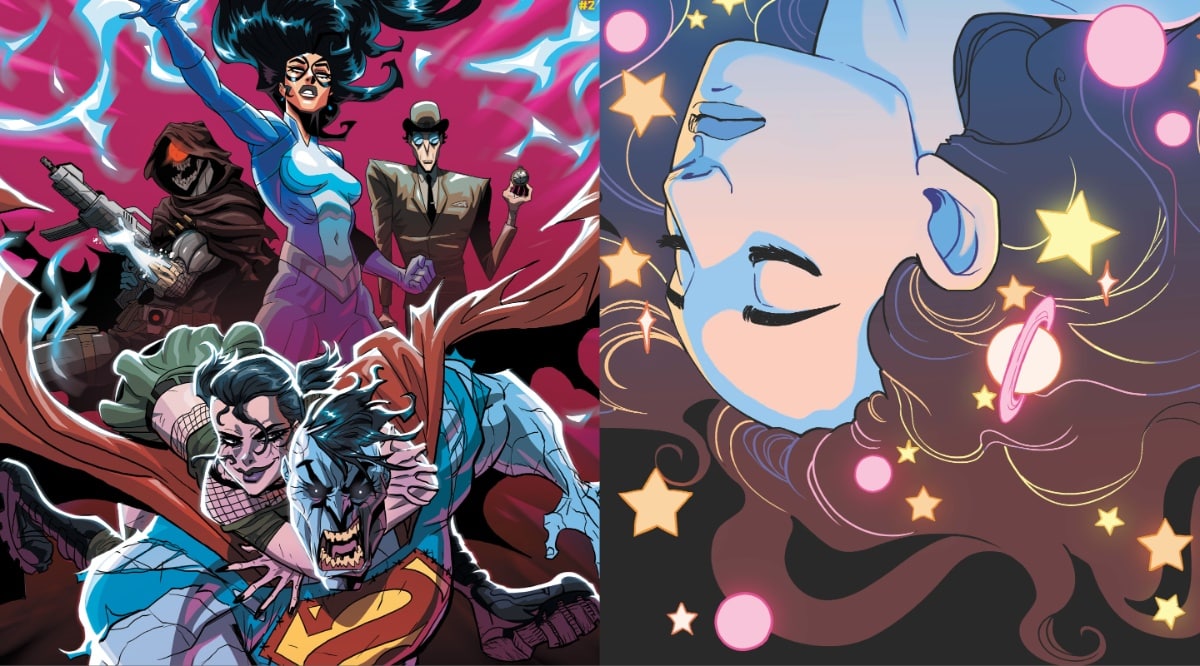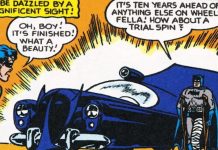.
So DC is now in the second month of their … relaunch? reboot? redux?
The sales are quite amazing, with all first issues going into a second printing, and a handful going into third printings. While there have been some controversy (gotta love fandom!), almost every series has caught readers’ interest, using new interpretations of well-known characters in unusual situations.
Somehow, DC has managed to keep what was working from the end of the Crisis Age [1] and transfer it over to the New 52. Some have questioned the temporal logistics of this, but as most fans know, most mistakes will be corrected later, either obliquely [2] or directly [3]. However, continuity superhero comics are soap operas, and just like those presented on television, frequently alter past storylines for the sake of better storytelling. [4] [5]
But that’s not what I want to discuss today. What interests me most about this current initiative from DC is that they are replicating the rather successful revitalization which occurred 25 years earlier in 1985, when Crisis On Infinite Earths was created to simplify fifty years of storytelling history. If you were a comics collector back then (and I was, although I was a Marvel Zombie at the time), you’ll remember some of the excitement this generated. Everything was possible, and those first five years saw DC radically altering the stories comics could tell, and how the public perceived them. Highlights:
- Watchmen (1986)
- Sandman (1989)
- Batman: Year One (1987)
- Batman: The Dark Knight Returns (1986)
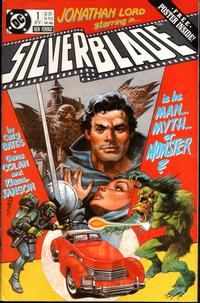
Self-contained, multi-volume series, no previous knowledge necessary:
All Star Batman & Robin, The Boy Wonder, Vol. 1
American Vampire Vol. 1
Fables Vol. 1: Legends in Exile
Fables Vol. 2: Animal Farm
Fables Vol. 3: Storybook Love
Fables Vol. 4: March of the Wooden Soldiers
Fables Vol. 5: The Mean Seasons
Fables Vol. 6: Homeland
Fables Vol. 7: Arabian Nights (and Days)
Fables Vol. 8: Wolves
Fables Vol. 10: The Good Prince
Fables Vol. 11: War and Pieces
Fables Vol. 12: The Dark Ages
Fables Vol. 13: The Great Fables Crossover
Fables Vol. 14: Witches
Fables Vol. 15: Rose Red

Planetary Vol. 2: The Fourth Man
Planetary Vol. 3: Leaving the 20th Century
Planetary Vol. 4: Spacetime Archaeology
The League of Extraordinary Gentlemen (Vol. 1)
The League of Extraordinary Gentlemen (Vol. 2 )
The Sandman Vol. 1: Preludes & Nocturnes
The Sandman Vol. 2: The Doll’s House
The Sandman Vol. 3: Dream Country
The Sandman Vol. 4: Season of Mists
The Sandman Vol. 5: A Game of You
The Sandman Vol. 6: Fables and Reflections
The Sandman Vol. 7: Brief Lives
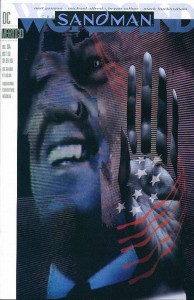
The Sandman Vol. 9: The Kindly Ones
The Sandman Vol. 10: The Wake
The Sandman: Dream Hunters
The Sandman: Dream Hunters (P. Craig Russell)
The Sandman: Endless Nights
The Unwritten Vol. 1: Tommy Taylor and the Bogus Identity
The Unwritten Vol. 2: Inside Man
Y: The Last Man, Vol. 1: Unmanned
Y: The Last Man, Vol. 10: Whys and Wherefores
Y: The Last Man, Vol. 2: Cycles
Y: The Last Man, Vol. 3: One Small Step
Y: The Last Man, Vol. 4: Safeword
Y: The Last Man, Vol. 5: Ring of Truth
Y: The Last Man, Vol. 6: Girl on Girl
Y: The Last Man, Vol. 7: Paper Dolls
Y: The Last Man, Vol. 8: Kimono Dragons
Y: The Last Man, Vol. 9: Motherland
Self-Contained (one volume) stories:
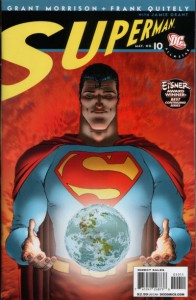
Batman: Arkham City
Batman: The Dark Knight Returns
Batman: The Long Halloween
Batman: Year One
Daytripper
Green Lantern: Rebirth
Green Lantern: Secret Origin
How to Understand Israel in 60 Days or Less
Identity Crisis
Kingdom Come
MAD About Oscars
MAD About Superheroes
MAD About Superheroes
MAD About the 50’s
MAD About the 60’s
Marzi
Superman for All Seasons
Superman: Earth One
The Dark Knight Strikes Again
The Flash: Rebirth
The Joker
Watchmen
We3
Continuity Comics (part of a larger storyline)
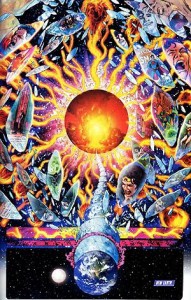
Batman and Robin, Vol. 2: Batman vs. Robin
Batman and Robin, Vol. 3: Batman Must Die!
Batman and Son
Batman: Arkham Asylum
Batman: Hush
Batman: R.I.P.
Batman: The Black Glove
Batman: The Return of Bruce Wayne
Blackest Night
Blackest Night: Black Lantern Corps Vol. 1
Blackest Night: Black Lantern Corps Vol. 2
Blackest Night: Rise of the Black Lanterns
Blackest Night: Tales of the Corps
Brightest Day, Vol. 1
Brightest Day, Vol. 2
Brightest Day, Vol. 3
Green Lantern Vol. 3: Wanted Hal Jordan
Green Lantern: Agent Orange
Green Lantern: Blackest Night
Green Lantern: Rage of the Red Lanterns
Green Lantern: The Sinestro Corps War
So, 22 titles in the “continuity” category, many of which are the result of one writer’s vision. The other 78, also because of one writer, offer a logical and understandable story requiring little foreknowledge, allowing new readers to enjoy the story with little frustration.
So that’s the big unanswered question for DC Comics:
Where is the experimentation? Where are the new versions of Elseworlds which populated so many of the 52 universes seen after Countdown and Final Crisis? [6] Is Grant Morrison’s Multiversity still planned for next summer? Aside from Batman: Earth One, and The New Teen Titans: Games, where is the “new diversity” zeitgeist which fuels the New 52 titles? Where’s the next Watchmen, Superman: Secret Identity, Silverblade? Where will the new backlist come from?
And, more important to Warner Brothers Entertainment, where will the new ideas for television and movies (and licensing) come from? What will inspire the next “Batman“or “Batman Begins” post-Crises?
———
[1] All DC superhero stories which were published between “Crisis On Infinite Earths” and “Flashpoint”. So called due to the many event storylines using “Crisis” in the title, as well as the many crises which occurred with frequent regularity, such as alien invasions, millennial prophecies, cosmic odysseys, darkest final days and nights, and countless deaths and resurrections 52 million years later.



